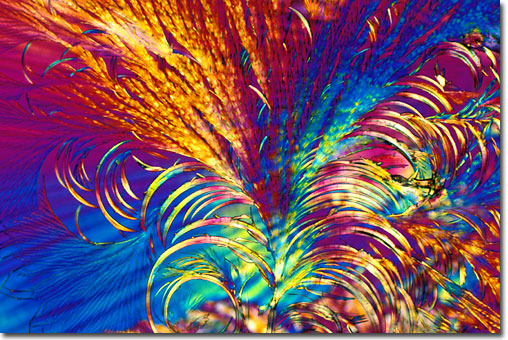|
It is now firmly established that the deadly Acquired Immuno-Deficiency Syndrome (AIDS) is caused in humans by a retrovirus termed Human Immunodeficiency Virus (HIV). There is no known cure for this disease, although several agents have been found to be efficacious in treatment of the symptoms. In this respect, 3'-azidothymidine (also known as AZT, Retrovir and Zidovudine) is probably the most effective anti-AIDS medications ever developed. During initial clinical trials using a double-blind placebo, the treated study population displayed a fivefold diminution in mortality rates. It was therefore deemed medically unethical to continue withholding the drug from patients receiving the placebo and the trial was halted. The drug is phosphorylated in vivo to the triphosphate analog which is mistaken for thymidine triphosphate by the viral specific DNA replicating enzyme reverse transcriptase. Subsequently, the azido analog is incorporated into the DNA transcript of viral RNA and causes premature chain termination, thus preventing integration of viral double stranded DNA into the host genome. The above image of AZT crystallites represents a genuine image of hope for a cure from this deadly plague.
|
